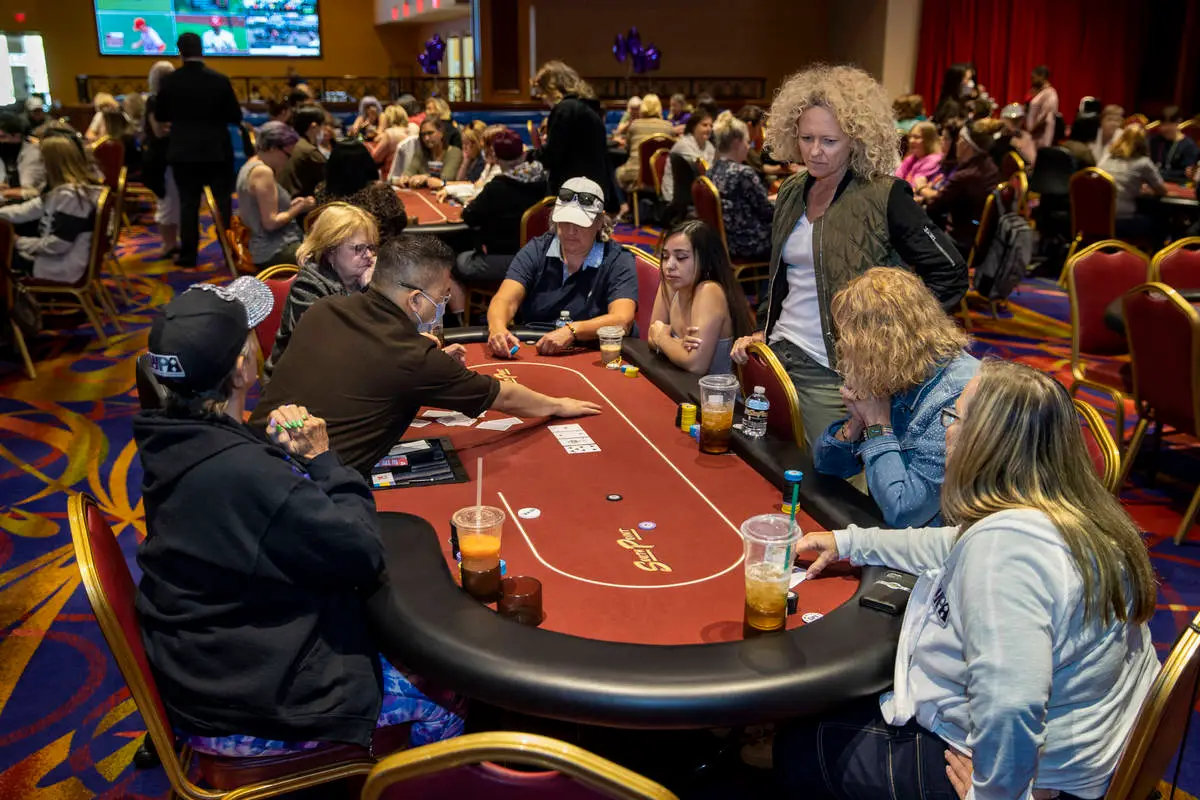No-Limit Poker – Sit and Go All-In
Poker is one of the most well-known card games with a well-recognized reputation for its strategic and intellectual play. Poker is any of a variety of card games where players put wagers over which hand most likely will be “won” by that particular hand. The object of the game is to be the first player to bring all their poker hands to their knees and then to stand aside while the other players all commit the same blunder, or “tell” as they call it, to their partners. You may see the game played live on TV with an audience, or you can get online and play in your own home. Either way you’ll need poker software to keep track of your wins and losses.
In order to get a good feel for the game, learn a little poker terminology, including what each card in the hand (a Straight, flush, four of a kind, full house, full pot, or straight) represents and how those specific cards are ranked compared to other cards. You’ll also need to know what to bet, and how much. The betting round goes one of two ways, straight or full. For straight poker bets, the winner of the pot gets all the chips. For full-pot, the player with the biggest stack at the end of the game wins. If you’re a new player, full-pot is generally the way to go.
When playing poker online, the action starts the same way, with the dealer putting out a pack of cards and a “blind” before each player. Players immediately place their bets with the dealer, the blind being a sealed pack of cards. The pot itself is a multiple of the blind’s size, with the dealer by having a total of at least five cards to deal with. The object of the game is to make the best bet, or “low roll” bet, as the case may be, and hope that it won’t be bet out. The basic idea is to stay out of the blind unless you win a pot, and then use your “smart money” to either win the pot after the flop, or take your opponent’s entire chip stack, hopefully taking home a nice chunk for yourself.
Now we get into more complex territory. Situations where players have to decide between betting eighteen cents, or betting twenty cents, and then see whether or not those cards are worth the bet. This is called the d Dennis scenario. So let’s take a look at these examples.
If the player is good at the flop, or if the player has early access (such as by watching the flop) to a good hand, the player can consider betting low. This is especially useful when the hand isn’t a premium suit, or if the opposition has a poor starting hand. The downside is that sometimes betting low can leave the player vulnerable to draws, straights, and four-offs, which can easily take the pot all the way down to the flop. So really, there are some very fine decisions to be made here.
However, sometimes you just want to go all-in. These situations call for a player to go all-in with chips, even if they’re not particularly good at folding. When this happens, this is where the game gets interesting. In order to make sure you get value, go for the pot with your non-betting chips. If you’re fairly sure you’ll go all-in (because you bet high on a good hand), it’s a good idea to fold your bets after the flop so as to reduce your exposure to risks.

















